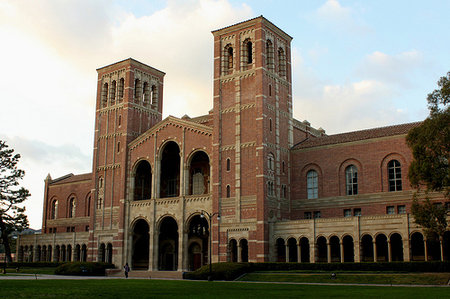
The transfer process could seem quite lengthy and feel overwhelming for transfer students, especially since every California community college has separate articulation agreements with each four-year university. While the average time to transfer from a community college to a four-year university is approximately two-three years, the time frame depends on numerous factors such as individual characteristics, choice of major, articulation agreements, and class availability, among others. Even though each individual’s case is unique, many parts of the transfer process apply to everyone; therefore, with a few simple guidelines to follow, you should be on your way to a four-year university!
Preparing to Transfer
Planning and preparing early will significantly increase your chances of gaining admission to a four-year university. In order to transfer, you must complete 60 semester units, which includes general education courses and lower-division major prerequisites. Before registering for your first semester at a community college, speak to an advisor/counselor and use www.assist.org to determine the nature of classes required for your chosen institution(s) and major(s) (if you haven’t yet decided on a major, begin taking general education courses). Keep in mind that major requirements vary across institutions both within the University of California (UC)-system and California State University (CSU)-system. When preparing for the transfer process make sure to take this into consideration in order to expand your transfer options.
Throughout your time at the community college you will use the Intersegmental General Education Transfer Curriculum (IGETC) worksheet, which is an agreement of courses to be taken at a California community college in order to satisfy lower-division (general education) requirements at UC’s and CSU’s. Before registering for classes each semester refer back to the IGETC worksheet and www.assist.org in order to make sure you are on the right track.
Also keep in mind that taking math and English placement tests a semester or two prior to registering will help you plan out your schedule more accurately. For example, high school seniors who already know they are going to attend a community college should take the placement tests during the spring semester of senior year. If placed below college English or math they can take the prerequisites during the summer sessions.
Another important aspect of planning ahead is not only looking at classes you need to take but also the prerequisites for each of those classes. For example you may schedule to take Psychology 101 for spring semester and not realize that Psychology 100 is the prerequisite for that course.
Try to complete courses early as most UC’s expect students to have completed all transfer requirements for fall admission during their final spring semester. For example, if one were applying for fall 2012, s/he should complete the requirements prior to the beginning of spring 2012. Major preparation plays a significant role in admission decisions, for this reason; show your dedication to your studies by enrolling in lower-division major prerequisites early in order to display a strong course pattern.
Keep in mind that due to the economy enrollment at community colleges tends to increase which results in classes filling up quickly, which essentially could limit your options. However, do not let this hinder your plans and research other community colleges in the area. Even though some colleges might be too far to attend, most have virtual and online class options.
Another great opportunity to consider is enrolling in a transfer guarantee or transfer honors program, for example, the Transfer Admission Guarantee (TAG) program is available at most UC’s. If you are determined to go to a particular university, consult a counselor and the four-year institution about TAG agreements because some schools may offer second major choices. For example, the contract agreement between Los Angeles Valley College and UCLA allows students to have a second major choice just in case they do not get accepted with their first choice. While that option is made available, students must make sure to fulfill the requirements for their first and second choice major. A great way to make this process more feasible is to try to take courses that will count toward more than one requirement. For example, if your major is psychology and one of the requirements is Humanities 101 then make sure to count that course toward your IGETC requirements as well. For this reason it is important to know your major either before your first semester or throughout the course of your first year. As mentioned earlier, this technique will help you transfer within two years, and if undecided try to take English or math courses as required by the IGETC. For more information regarding TAG refer to this PDF file: http://www.universityofcalifornia.edu/admissions/counselors/files/ETS11_TAGMatrix_rev070111.pdf. Also, call the university admissions office to make sure all the information is up to date.